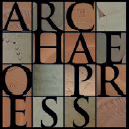
Publishing Scholarly Archaeology since 1997
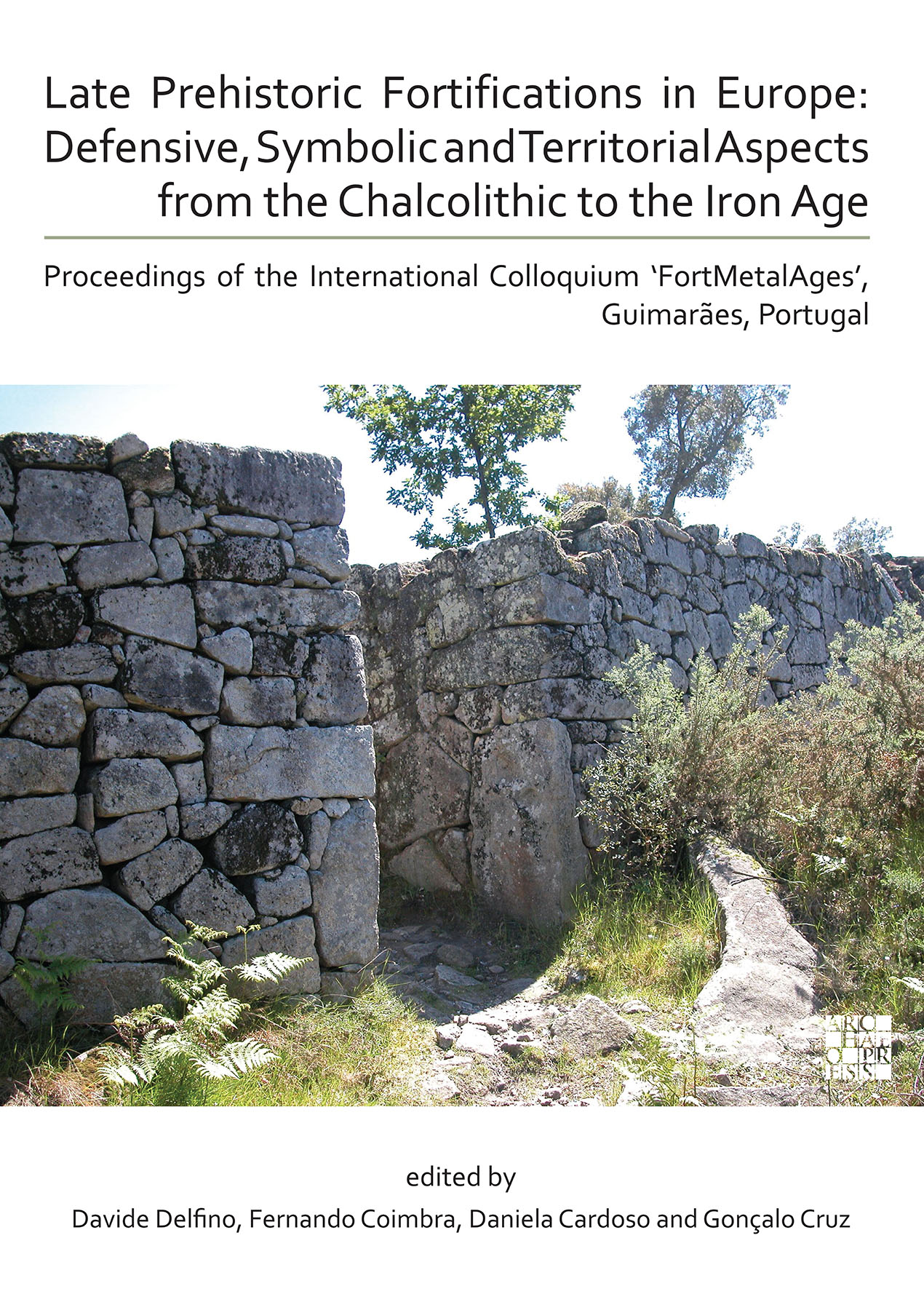
Download Sample PDF
H 290 x W 205 mm
256 pages
93 figures; 5 tables; 2 maps (colour throughout)
Published Mar 2020
ISBN
Paperback: 9781789692549
Digital: 9781789692556
Keywords
UISPP; Fortifications; Forts; Chalcolithic; Bronze Age; Iron Age; FortMetalAges
Related titles
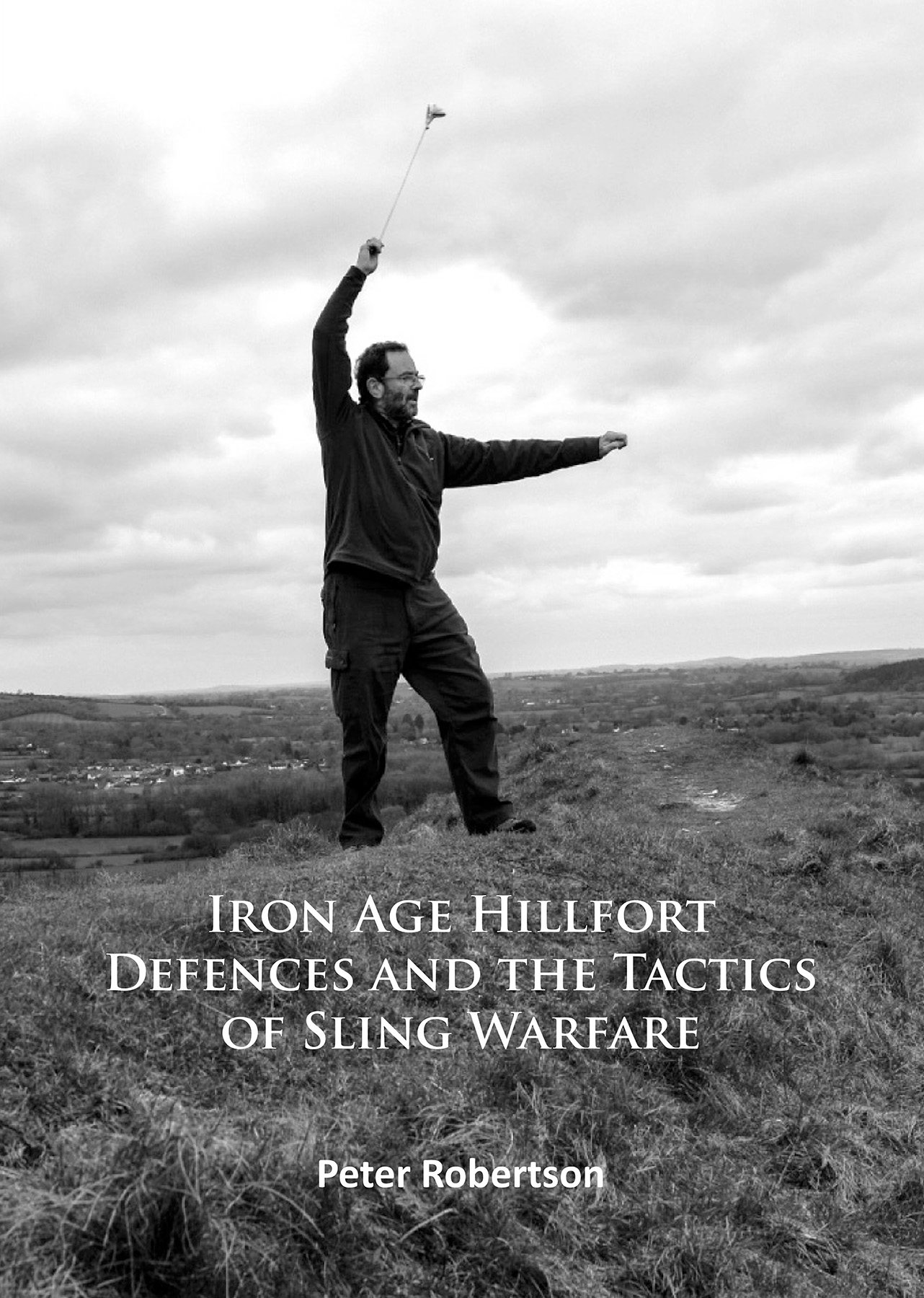
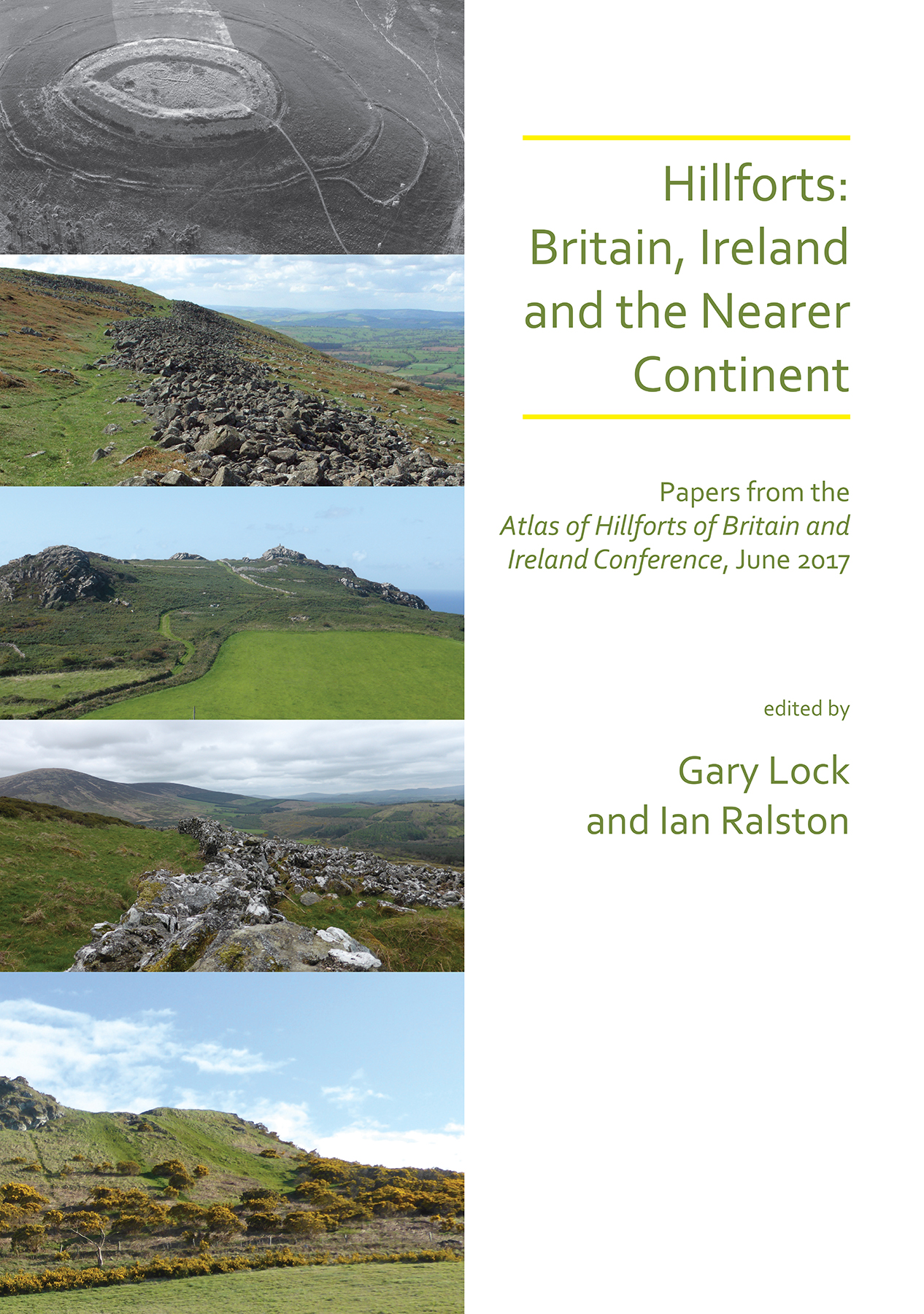
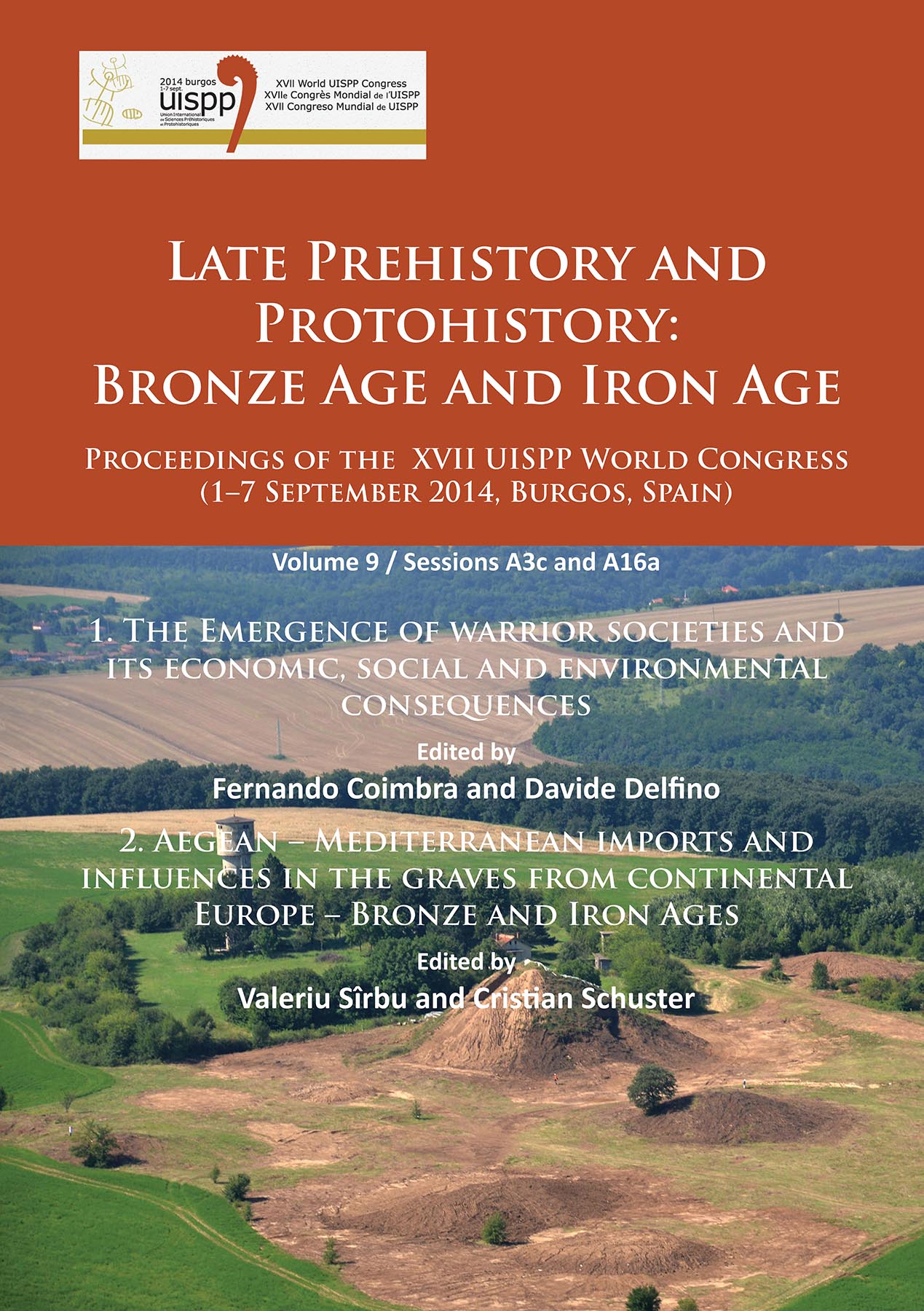
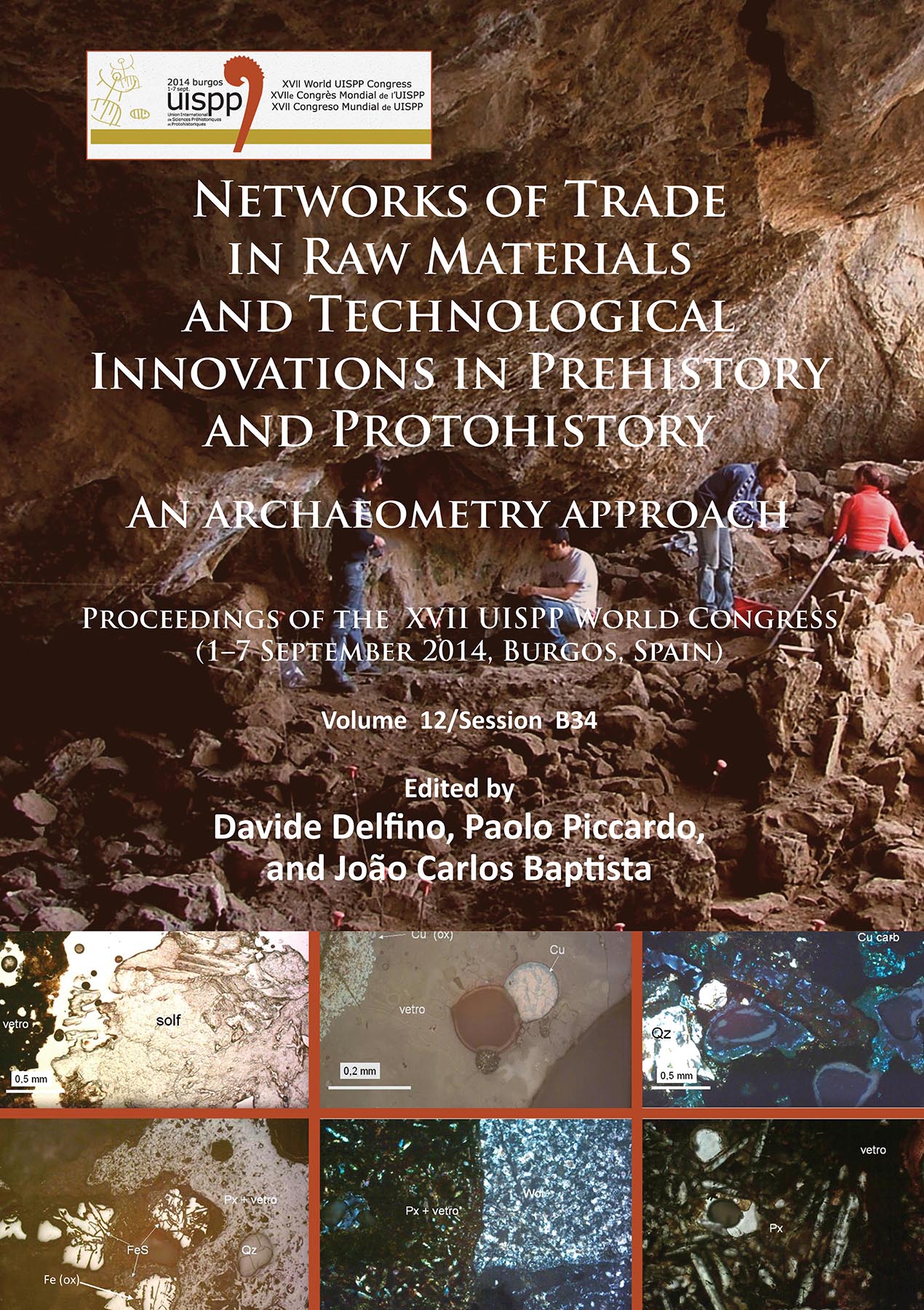
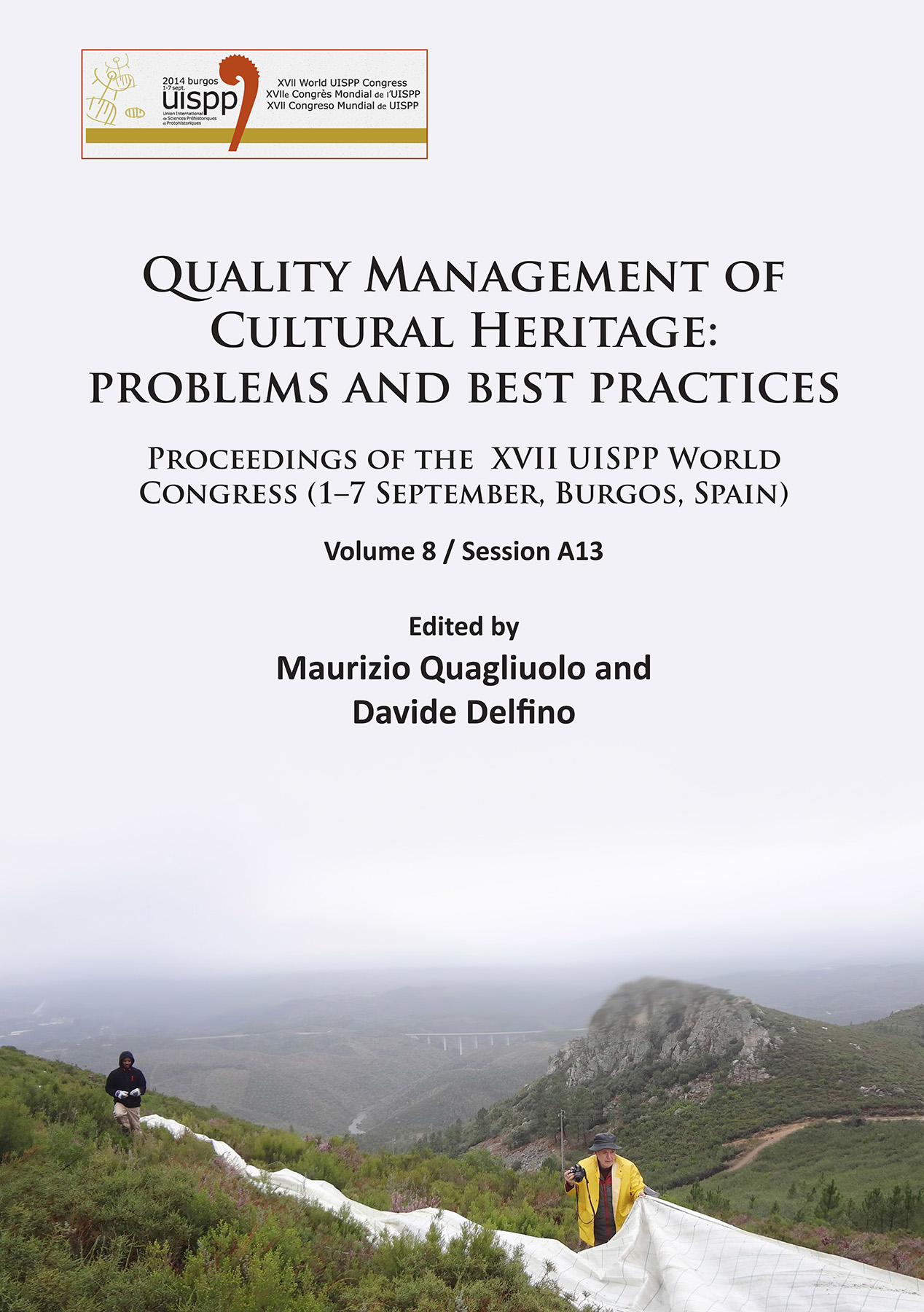
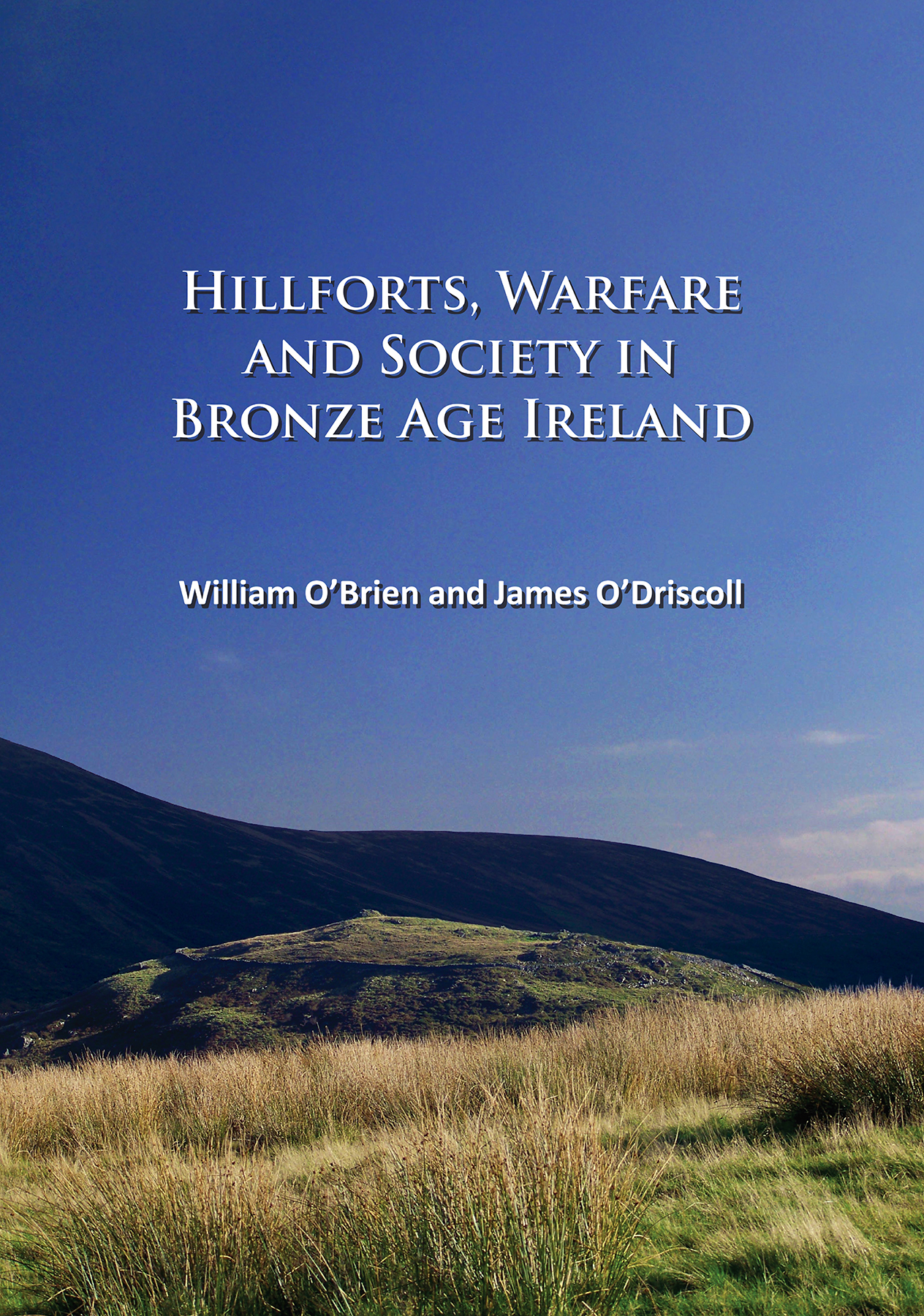
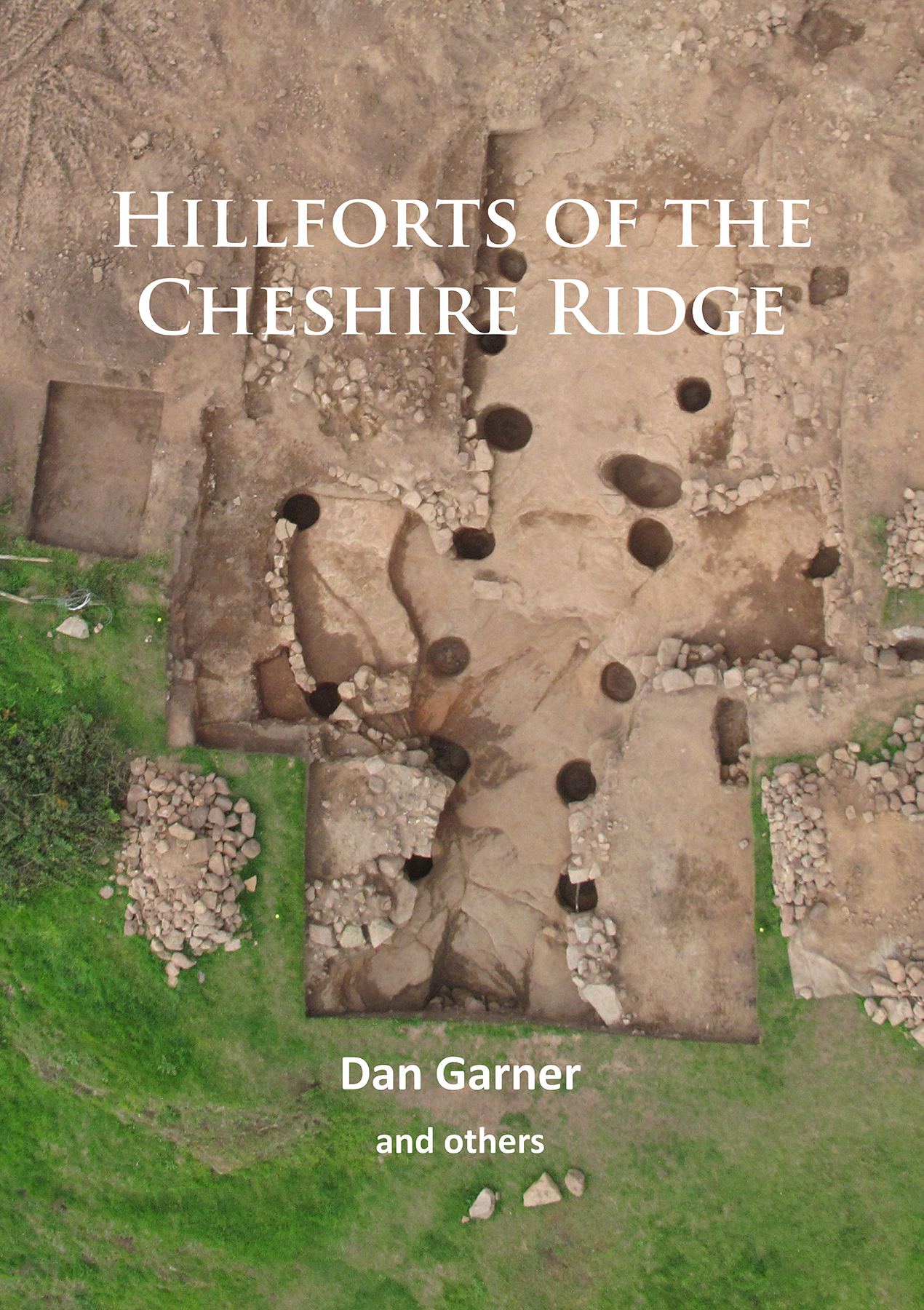
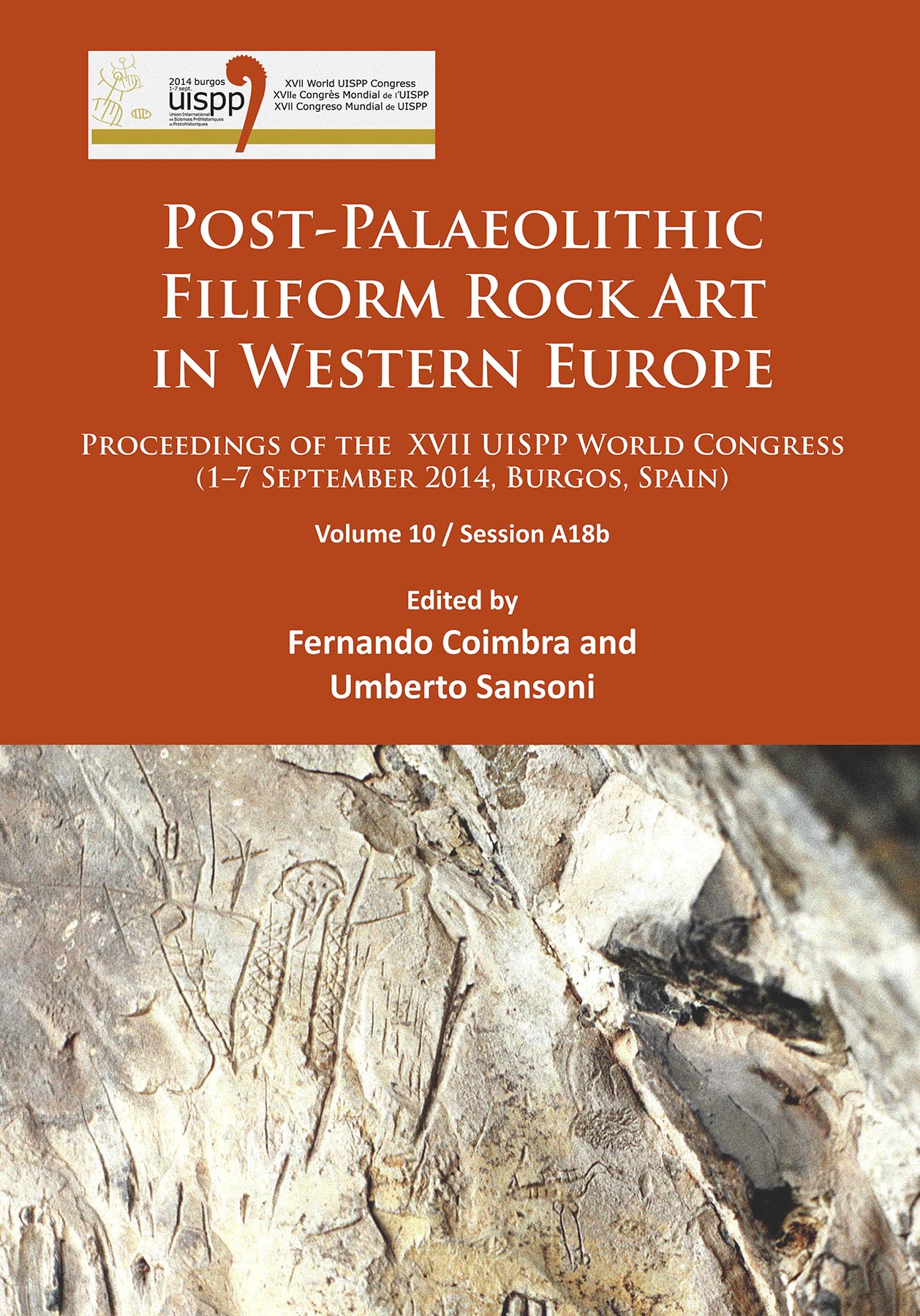
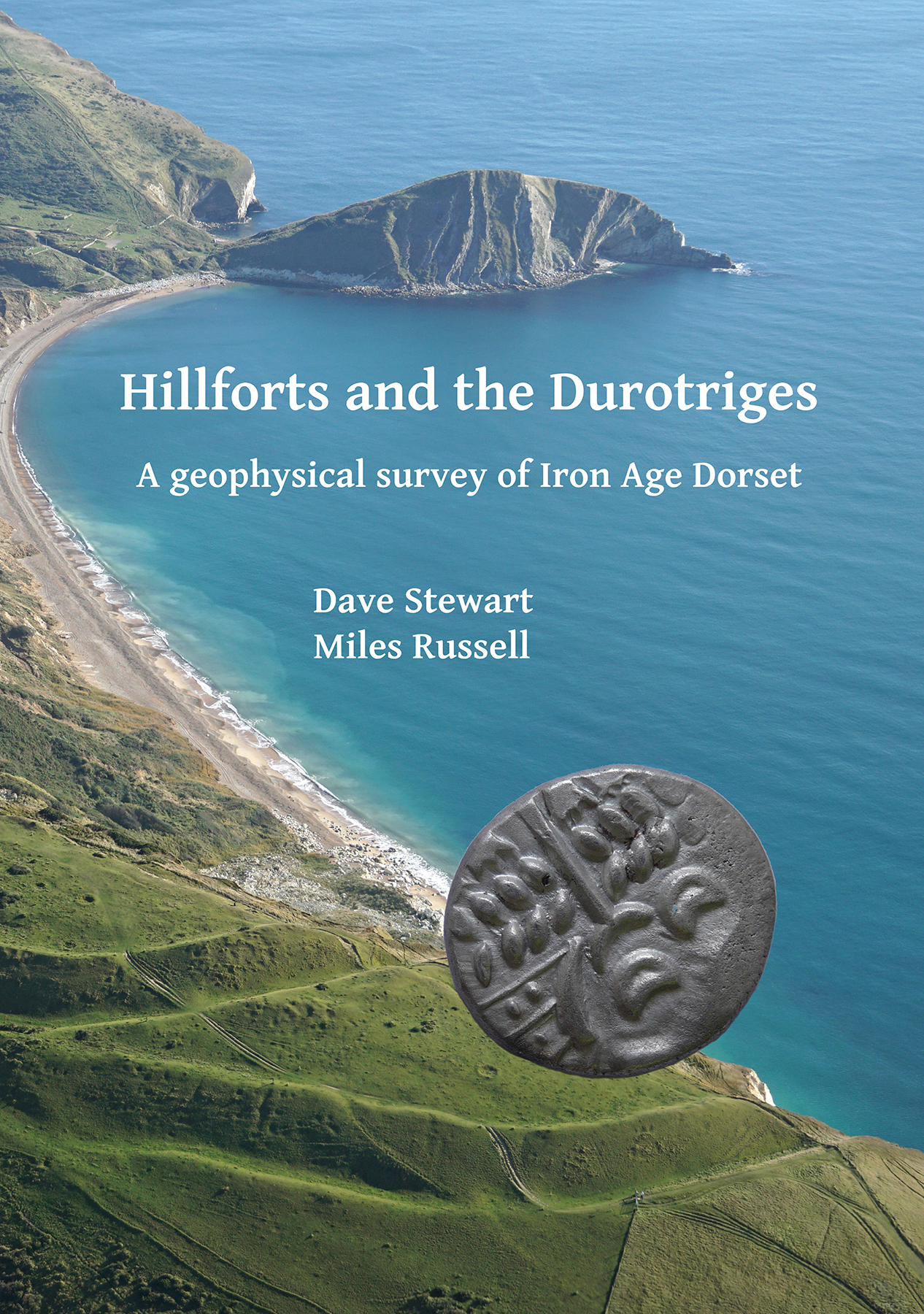
Late Prehistoric Fortifications in Europe: Defensive, Symbolic and Territorial Aspects from the Chalcolithic to the Iron Age
Proceedings of the International Colloquium ‘FortMetalAges’, Guimarães, Portugal
Edited by Davide Delfino, Fernando Coimbra, Gonçalo P. C. Cruz, Daniela Cardoso
This book presents 19 papers from the International Colloquium ‘FortMetalAges’ (Portugal, 2017); they discuss different interpretive ideas for defensive structures whose construction had necessitated large investment, present new case studies, and conduct comparative analysis between different regions and periods (Chalcolithic to Iron Age).
Contents
Late Prehistoric Fortifications in Europe: Defensive, symbolic and territorial aspects from the Chalcolithic to the Iron Age – Davide Delfino, Fernando Coimbra, Gonçalo Cruz and Daniela Cardoso ;
My home is my castle? Thoughts about the archaeological axiom of the distinction of fortified and unfortified sites, referring to ethnographical records – Andy Reymann ;
A new overview of the later prehistoric hillforts of Britain and Ireland – Gary Lock and Ian Ralston ;
The chronology of the defensive systems at Los Millares (Santa Fe de Mondújar, Almería, Spain) – Fernando Molina González, José Andrés Afonso Marrero, Juan Antonio Cámara Serrano, Alberto Dorado Alejos, Rafael María Martínez Sánchez and Liliana Spanedda ;
Fortified and Monumentalised Landscapes of the Beira-Douro region between the 3rd and 1st millennia BC: Architecture, Scenarios and Symbology – Alexandre Canha ;
Terraced-walled settlements in Bronze Age Liguria (north-western Italy): can we speak of Iron Age ‘castellari’? – Davide Delfino and Angiolo Del Lucchese ;
From earth to wood: the ramparts of Ratinhos (Moura, Portugal) as an example in the transition between the Late Bronze Age to the Early Iron Age – Luis Berrocal-Rangel, António Carlos S. Silva, Rosario García Giménez and Lucía Ruano ;
Another post in the fence. Proto-urban delimitations in Final Bronze Age and Early Iron Age Northern Italy – Paolo Rondini and Lorenzo Zamboni ;
The appropriation of settlement space in Western and Central Europe during the Iron Age – Caroline von Nicolai ;
Some symbolic and chronological aspects of rock art of the Hillfort Culture, northwest Iberian Peninsula – Fernando Coimbra ;
Fortifications of the Early Iron Age in the surroundings of the Princely Seat of Heuneburg – Leif Hansen, Dirk Krausse and Roberto Tarpini ;
The fortifications of the Heuneburg lower town: A summary and evaluation of the 2000-2008 excavations – Manuel Fernández-Götz ;
Compartment ramparts in the castros of northwest Iberia – Jorge Camino Mayor and Esperanza Martín Hernández ;
The Iron Age hillforts of Gipuzkoa (Basque Country): settlement patterns, fortification systems and territory control – Sonia San Jose, Antxoka Martínez, Xabier Peñalver, Carlos Olaetxea, Javier Prieto Domínguez and Juncal Calvo ;
Excavations at Caerau Hillfort, Cardiff: Towards a narrative for the hillforts of south-east Wales – Oliver Davis and Niall Sharples ;
The oppidum of Manching: Examining the construction and defensive capability of a Late Iron Age fortification – Thimo Brestel ;
The fortifications of Colle Le Case: a new study of Samnite enclosures in Molise (Italy) – Francesca Di Palma ;
Walls and Castros. Delimitation structures in the proto-historic settlements of Entre Douro and Vouga region (central-north Portugal) – António Manuel S. P. Silva and Gabriel R. Pereira ;
Reviewing a pre-Roman oppidum in northern Portugal. Summary of the archaeological works carried out at Citânia de Briteiros (Guimarães) – Gonçalo Cruz and José Antunes
About the Author
Davide Delfino obtained his PhD from the University of Trás-os-Montes e Alto Douro. He is a Bronze Age specialist at the Italian Ministry of Cultural Heritage and Activities, Visiting Professor at the Polytechnic Institute of Tomar (UNESCO Chair in Humanity and Cultural Integrated Landscape Management), and an internal researcher of the Geosciences Centre (University of Coimbra). In 2015 Davide was appointed secretary of the UISPP/IUPPS Scientific Commission ‘Metal Ages in Europe’. ;Fernando A. Coimbra holds a PhD in Prehistory and Archaeology (University of Salamanca ‘Extraordinary Prize’). Fernando is Visiting Professor at the Polytechnic Institute of Tomar, and internal researcher of the Geosciences Centre (University of Coimbra), Portugal, where he completed post-doctoral research on the Bronze and Iron Age rock art of the Tagus Valley. He is a member of several research projects in Portugal, Italy, Malta and Greece. ;
Gonçalo P. C. Cruz graduated in History and Archaeology at the University of Minho (Braga, Portugal) and is a staff archaeologist at the Martins Sarmento Society, Guimarães. His work involves the research and management of the archaeological sites under the administration of the Society, namely the Citânia de Briteiros and Castro de Sabroso, as well as the functioning and activity in different nuclei of the Martins Sarmento Museum. ;
Daniela Cardoso graduated in Landscape Archaeology at the Polytechnic Institute of Tomar, held an Erasmus award in Italy at the University of Ferrara in 2000, and completed in 2002 her Master of Advanced Studies degree at the Institute of Human Palaeontology, Paris. In 2015 she obtained her PhD in ‘Quaternário, Materiais e Culturas’ at the University of Trás-os-Montes and Alto Douro, Portugal. She is currently Senior Museum Technician at the Martins Sarmento Society.

 Add to wishlist
Add to wishlist